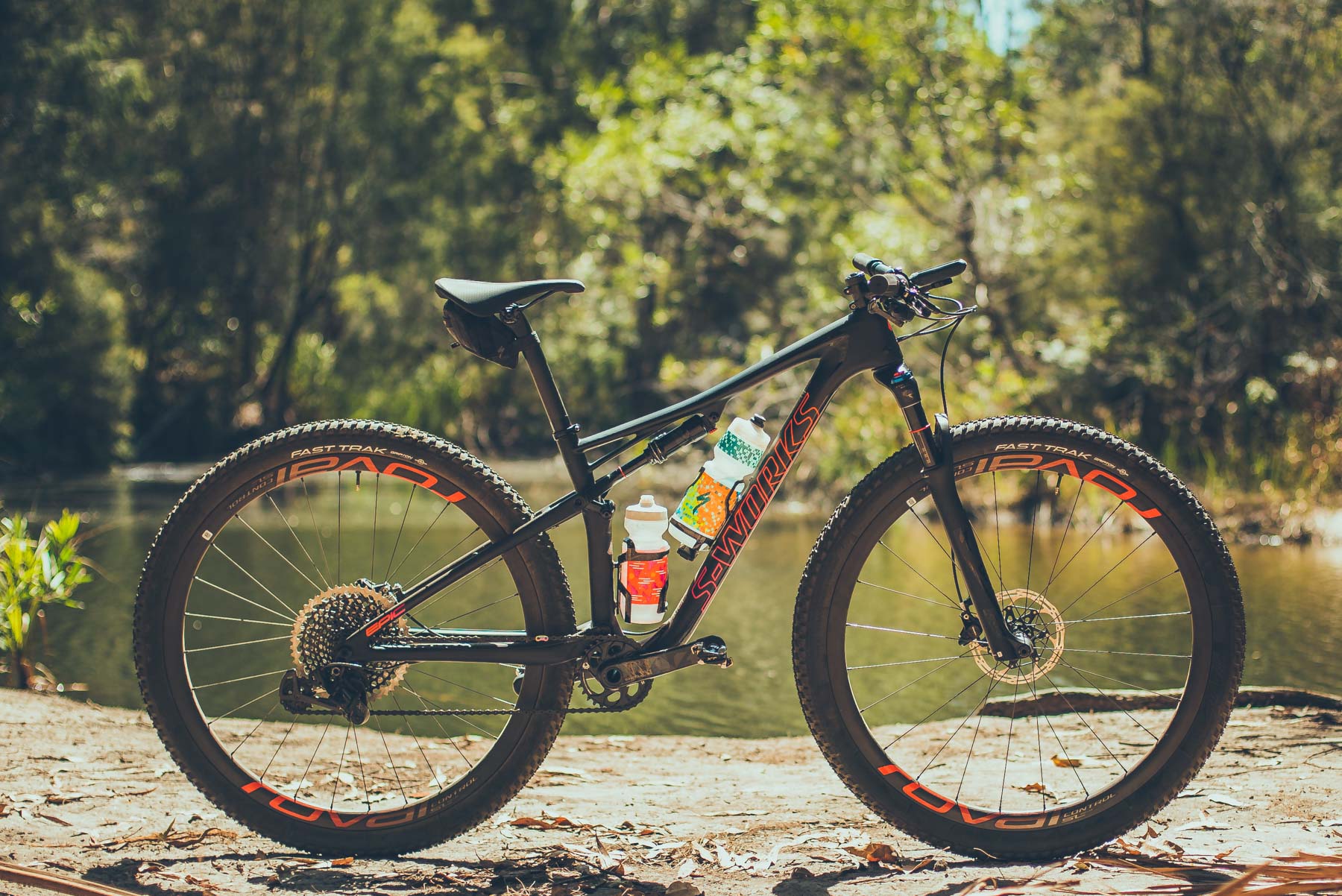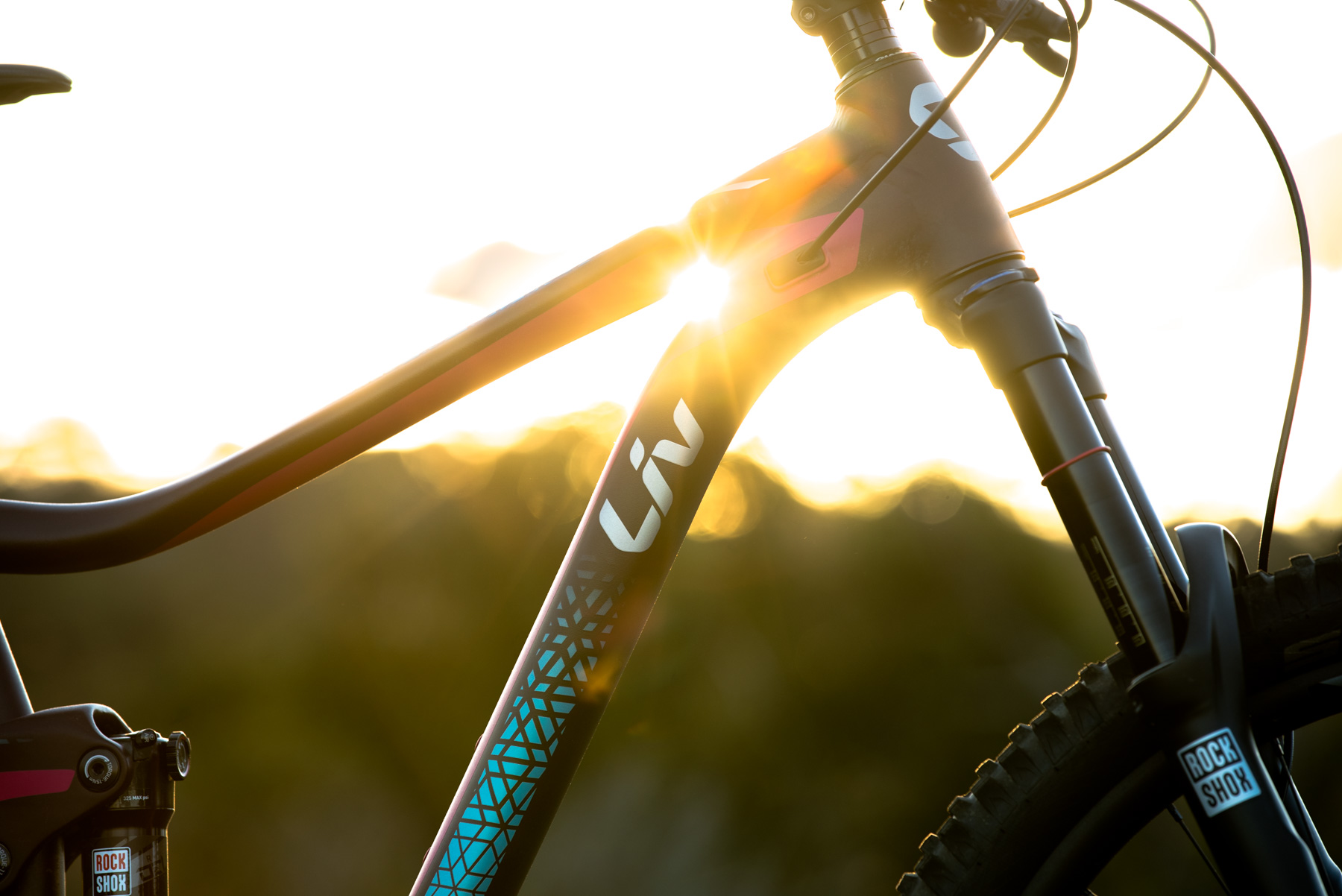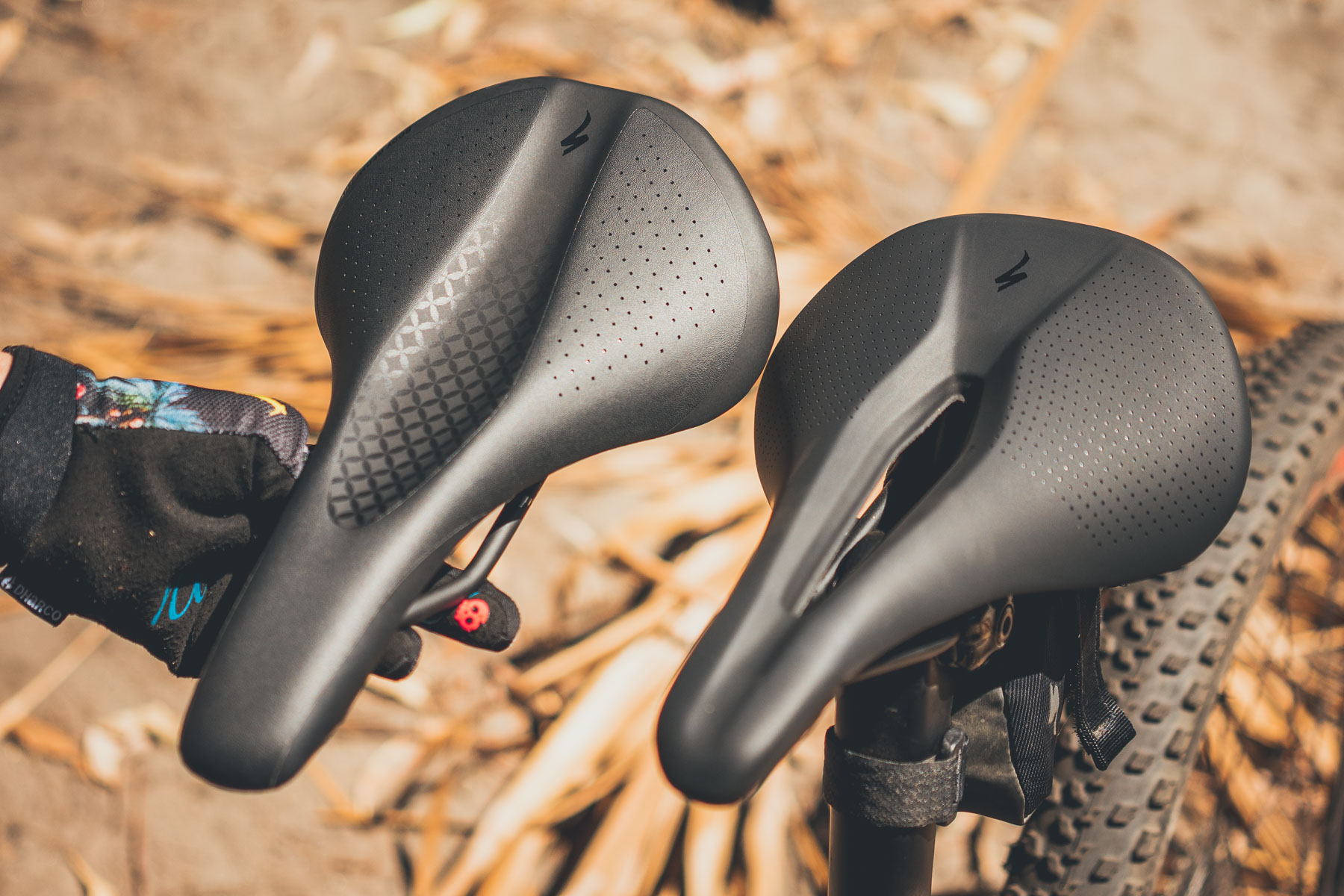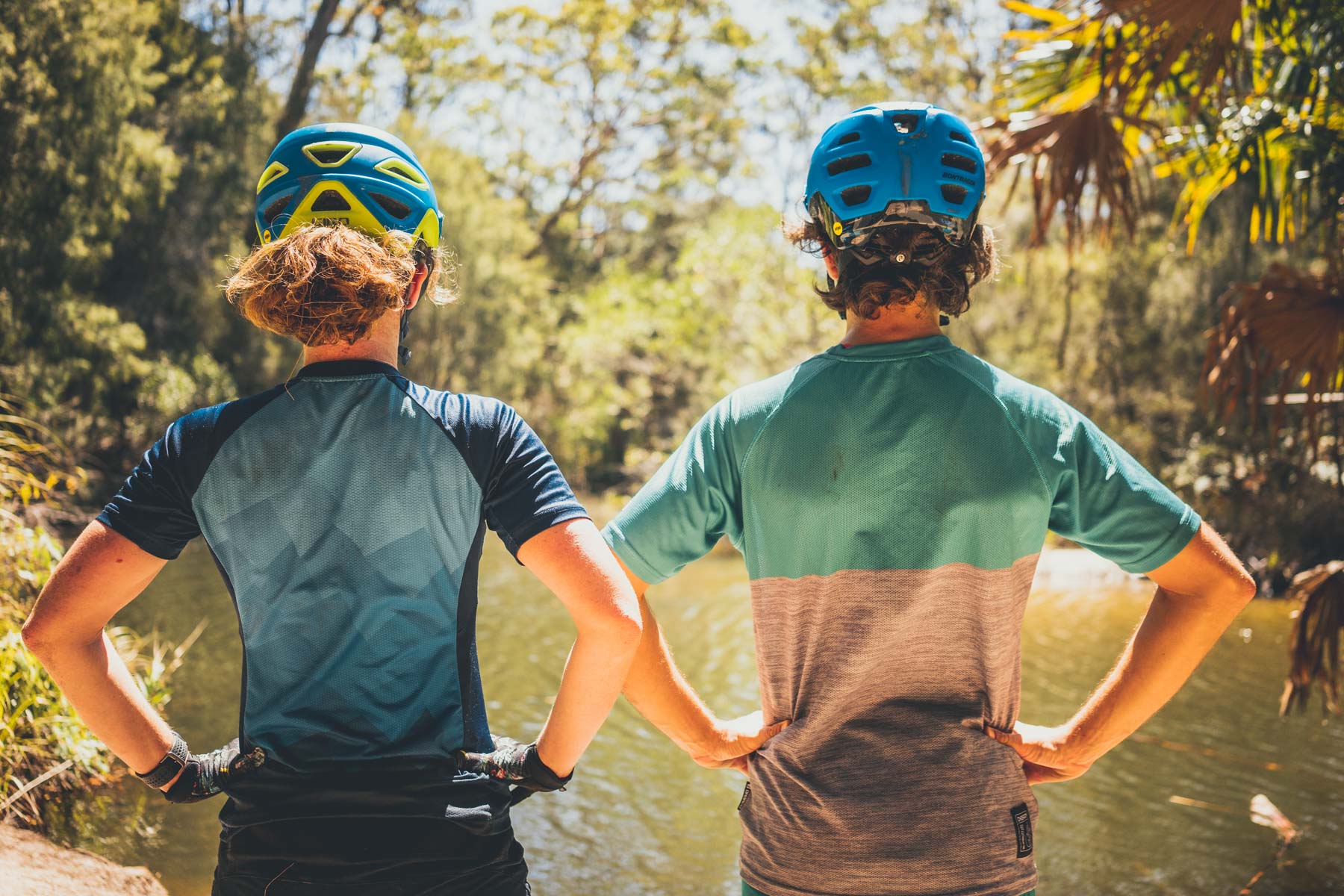In 1999, when Trek brought out their first Women’s Specific Design, gendered bikes that moved beyond a step-through frame became a thing. Other brands followed in the early 2000’s, momentum built and designs quickly improved. Then recently, some of the brands that had invested most heavily in gender-specific designs suddenly went ‘gender neutral’. So what’s the deal?
Having tested bikes for cycling media for the last ten years, this is a question I get asked a lot. The short answer: unisex designs are more informed than they’ve ever been. Thanks largely to research into what works for women. But there’s more to the story than that. This article talks through why early messaging was so confusing, and highlights some of the things we should be saying instead.

The elephant in the room
Early marketing around bikes for women went something like: “Women have shorter upper bodies than men, and are less flexible. So we’ve made the bikes shorter and taller in the reach to accommodate for that.”

According to these initial claims, if you look at the image above, you’ll see very clearly that Chris Southwood is female, and me, with my hypermobile joints and a longer torso, I’m clearly male.
It’s not surprising then that a whole lot of women dismissed these early female-specific bikes saying, ‘but I’m not like that at all.’
That said, designs have since improved. And there are a lot of women who do benefit from shorter-reach design philosophies. Canyon has reportedly suggested this is partly because women’s arms are 2cm shorter, on average, than dudes (read it here). Liv has said previously that their geometries are also responsive to differences in body weight distribution and more strength coming from the legs (read the article here).

Trek and Specialized have found that in bikes where men and women want the same ride experience – eg. high-performance bikes where snappy handling is paramount – person-specific contact points and suspension tunes are crucial, but removing gender from their fit data for a certain size frame didn’t have the impact people previously thought. Their performance-oriented cross-country and longer-travel trail bikes use unisex frames, with the smaller frame sizes benefiting from previous research into what works for women and what doesn’t.
‘It’s a woman’s bike if a woman is riding it,’ said Trek when I visited their Wisconsin headquarters in 2016. ‘It’s what women were asking for,’ said Specialized staff at the Stumpjumper launch in Spain this year. ‘If they were asking for a specific frame, we would have done that.’
Brands like Yeti and Santa Cruz/Juliana have stayed with a unisex frame design philosophy all along, designing small and extra-small models for riders demanding good handling, not smaller versions of bigger bikes, since before it was cool.

My take is that different women benefit from different designs, in the same way that different people of all shapes and sizes do. Ongoing research is important. Whatever side of the fence the major brands are sitting on, a constant drive to better understand bodies and fit can only be a good thing.
Like all good debates, including the best wheel size, tyre tread and gelato, we can be certain there will be more exciting and innovative options to come. In the meantime, there’s a lot more we should be saying about gender-(non-)specific bike designs, and why this research and marketing is really important.
- We’re getting better at fitting all types of bodies to bikes, including guys.
For some reason men’s-specific fit isn’t spoken about nearly as much as women’s-specific fit. Why is that?
- Solving design problems for body types that have been poorly catered to can have big impacts on products for the mass market.
To take an example from Specialized: the research and development process for the women’s Myth saddle led to the hugely popular unisex Power and Power Arc saddles. While women benefit from pressure relief sooner, live pressure mapping data shows that men benefit from this too. Bontrager found the same thing with the Women’s Ajna saddle.

- Most early critics of gender-specific designs weren’t the target market.
This includes women who weren’t deterred by modifying bikes to fit them better or entering a male-dominated sporting culture and a whole lot of men. But these bikes weren’t aimed at those riders. They were aimed at making the sport more accessible for riders who felt deterred from the sport by a lack of visibility and obvious options for people like them. Brands that have invested heavily in products for female riders have done a tremendous job of making women and girl riders feel like part of a community. Not just through designs catering for recreational through to high-performance goals, but through social rides, imagery, apparel, regular events and media.

- The marketing is really, really important.
Let’s reverse the typical gender story here for a minute. First, imagine if you’re a guy (if you’re not already). Now imagine a high performance XC bike that is meant to be amazing for men. World Champion Kate Courtney, champion of almost everything you can do on an XC bike, Annika Langvad, and a whole bunch of local privateer ladies are racing it from one podium to the next. But there are no pro male riders on that bike. In fact, there are no images of men using that bike in media or on company websites or social platforms. Not. A. Single. Image. There are no informative reviews that consider male riders and your local shop staff don’t seem to understand how to set the bike up for your needs….Would you buy it? Would you even consider it?

- A broader range of bodies reviewing bikes will better address a broader range of riders.
See for example our review of the Specialized Epic, the bike from point 4, and an alternative avenue for addressing the gaps often seen in reviews of unisex bikes. Adding a women’s perspective to this article not only addressed a female audience but pointed out areas where the small size frame excels in comparison to other bikes on the market at the time.

- Guys modify contact points too.
Selling popular model bikes with saddles, bars and suspension tunes specced for women makes sense and provides a better initial ride, or test ride, experience for people new to the sport, unaware of which personal mods to make. This is an important starting point, but there is no right answer for everyone.
- Unique women’s frames tend to be updated less frequently than unisex ones.
Moulds are expensive and the demand still isn’t as high. Even if some female-specific frames fit better, newer tech has its appeal too. Which leads me to point 8.
- The thing we should be most glad for is a great deal more choice.
Foregrounding the needs of female riders has led to important shifts in bike design, fit, visibility and variety. These are things that affect all types of riders. So whatever bike, or bikes, you look at next, be glad for options. Read up, keep an open mind, and choose the bike that is most right for you.